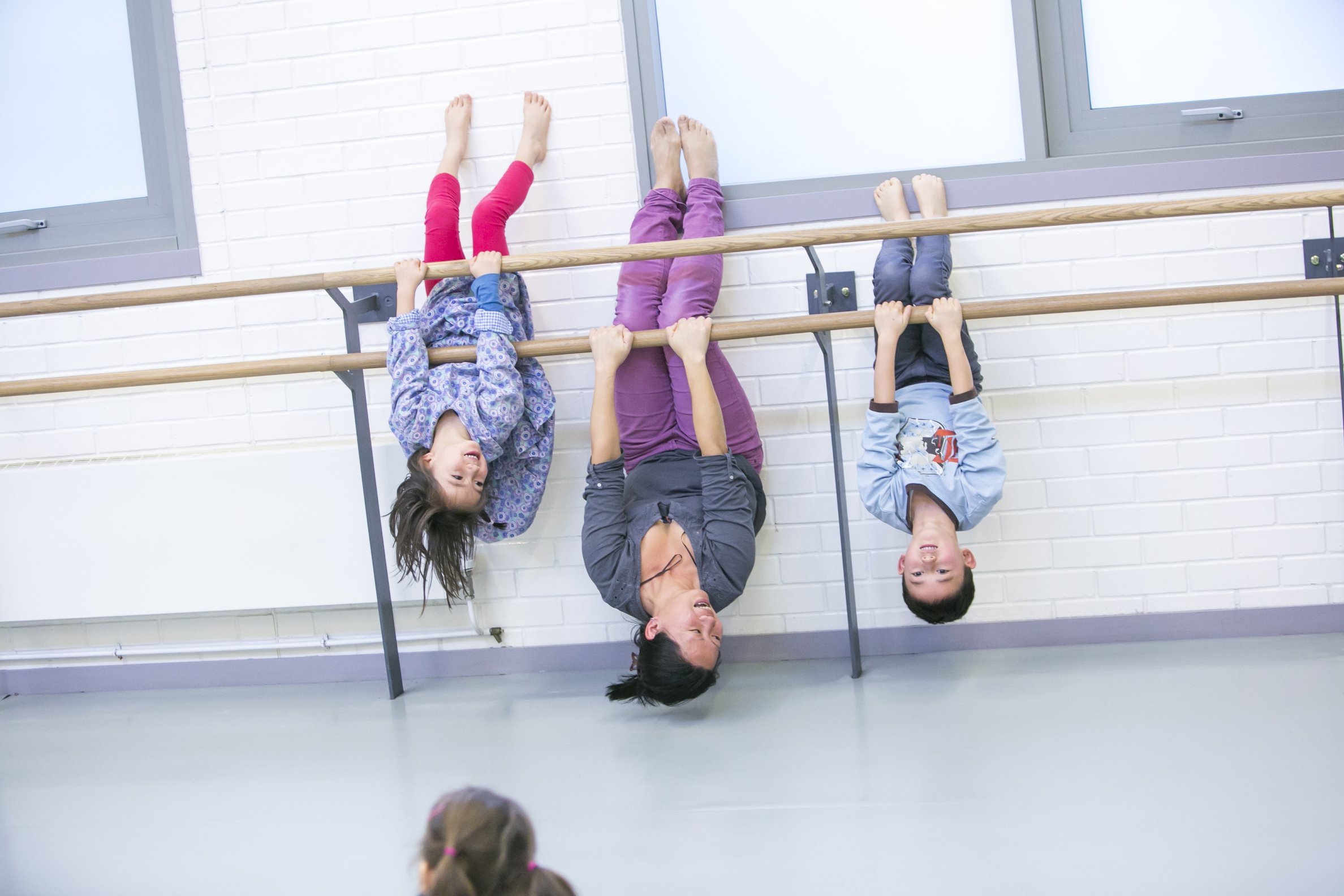
Photo: Richard Kenworthy
Rethinking the family audience
‘Family-friendly’ might not be a term that David Brownlee likes very much, but he knows that venues and events have the potential to appeal much more to family audiences.
I’ve never liked the term ‘family friendly’, particularly in the context of the arts. It sounds compromised: the opposite of high-quality, innovative, challenging art. It seems to be saying “Don’t worry, it may be dull and unexciting but it’s safe to take the kids.” Of course this is deeply unfair and many arts organisations have been promoting some great work under the banner of ‘family friendly’ for decades. But it has also been the banner for tokenistic face-painting and many hours of tedious workshops that have marginal interest for children and absolutely none for accompanying adults.
If you were to ask me to draw a picture of what the ‘family-friendly’ family looks like, I suspect I would not be alone in conjuring up images of little children and babes in arms. While this group is extremely important and does have some very specific requirements, it is only a small part of the family market. For families with teenagers, the notion of an arts event being family friendly is likely to be as effective a deterrent as an 18 certificate at the cinema is for a family with pre-school children.
The notion of a campaign targeting family audiences is almost as meaningless as targeting male or blonde audiences
The Family Arts Campaign had the luxury of the best part of a year for research and consultation before it was launched at the beginning of 2013. When we started that process we knew what we wanted to achieve:
- a better understanding of what families need from the arts and how to engage with them
- arts organisations putting that into practice, leading to a larger and wider range of families engaging with the arts.
We had the benefit of having the learning from some fantastic work on developing family audiences commissioned over recent years to build on as we developed our campaign plan. But this still left us with a huge challenge. On a national basis, the notion of a campaign targeting family audiences is almost as meaningless as targeting male or blonde audiences – there is almost as much diversity within the family audience as there is in the population as a whole.
While this was a challenge for us nationally that led to a huge amount of time and effort testing potential branding ideas with a wide range of different types of families, it is also a massive opportunity for arts organisations. Our working definition for a family visit is a group of two or more people where at least one is over the age of 16 and one is under. Given this broad classification, how many arts organisations could honestly say they do not or could not appeal to family audiences?
What hundreds of arts organisations around the UK have now realised is that making your organisation more welcoming for a diverse range of families does not mean a huge amount of effort or artistic compromise. It just needs a bit of thought, leadership and targeted action. Here are two things you can do:
- Have a look at the Family Arts Standards that we have developed with the Family & Childcare Trust. The standards are a checklist of simple things all arts organisations (including non-building based organisations) can easily be doing to ensure they are as welcoming as possible for families. It really isn’t rocket science, but I am truly amazed at the number of arts organisations that have said the standards have led to a eureka moment that has prompted a simple change in practice, improving the quality of experience for families. If you sign up to the standards we can promise brownie points from funders, help marketing to families from the Family & Childcare Trust, discounts for future Family Arts Campaign events, as well as a warm glow from acknowledging the importance of families to your organisation and doing something about it.
- Have a look at your programme for the period from 17 October to 2 November. For each event, ask yourself whether you would welcome at least one under 16 and one over 16 year old attending together? If you would, get yourself some free national marketing support by listing the event on the Family Arts Festival website. It costs nothing and you will benefit from our extensive national PR and marketing campaign, including partnerships with Center Parcs, Netmums and the Primary Times. Our patron this year is author Michael Morpurgo who will help increase the national profile of the festival. When you upload your events, do have your family thinking cap on. What kind of families would enjoy this event? What style of language is most appropriate for engaging with them? What simple things can you do to enhance the quality of experience for families that take part?
The response to date around the UK from arts organisations has been fantastic. Over 1,000 organisations took part in the first Family Arts Festival in 2013 and 150 organisations are already signed up to the Family Arts Standards. There are now 20 cross-artform local networks working on developing family arts product and promotion. After three years of support, Arts Council England has confirmed that funding is available for another year, ensuring the Family Arts Festival will take place again in 2015.
There is interest all around Europe in the work of the campaign, with potential partners planning to come together this October to scope out the concept of a European Family Arts Campaign. We are hoping that from 2016 artists and arts organisations internationally will work together to ensure families can enjoy arts activities that are awe-inspiring, breathtaking and mind-expanding – not just friendly.
David Brownlee is Director of the Family Arts Campaign.
www.familyarts.co.uk
Join the Discussion
You must be logged in to post a comment.